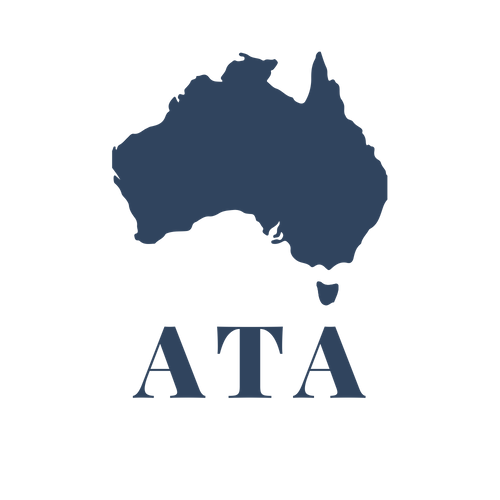A taxpayer’s guide to the ScoMo stimulus
Yesterday, Prime Minister Scott Morrison and Treasurer Josh Frydenburg announced their $189 billion eight-plus point plan to stimulate the economy in response to the coronavirus slowdown.
For context, if the ATO were to issue a blanket tax refund to everyone working in Australia, this stimulus package would add up to $17,700 per person. For me, that kind of money would pay all my living expenses, without any lifestyle changes, for the next six months.
Those of us copping the bill — taxpayers — deserve a point by point-break down and a cost-benefit analysis of the plan intended to save the economy. The people prepping for coronageddon are buying high-calorie low-cost food items. It benefits taxpayers when the government passes high-impact low-cost economic stimulus policies.
This package, in the words of Scott Morrison, aims to help the people on the “frontlines” of this economic slowdown survive the next six months. However, the money intended to support workers is going instead to pensioners, job seekers, and people on welfare. The government has allotted $14.1 billion (or $1320 per taxpayer) to double the Newstart allowance.
As shocking as some might find this, a 20, 50 or 100 per cent cut in hours has zero impact on the lives of people currently working zero hours. If the Newstart allowance was enough before COVID-19, it remains enough now.
In the same theme, Scott Morrison has expanded the $750 payments to pensioners to now include social security recipients, veterans, and concession cardholders. I assure you, any taxpayer among these groups would rather get the $17,700 tax refund.
The last point of the support package for workers actually does benefit workers. Contractors, the group most impacted by quarantines and lockdowns, can now pull up to $10,000 from their superannuation funds. While proponents of compulsory superannuation assure taxpayers that money belongs to the worker, the federal government estimates this change will cost them $1.2 billion. To help those already pulling money from their superannuation, the government is giving retirees more freedom to withdraw their money.
Contractors, particularly those in service industries, need any leg up they can get. Scott Morrison should consider making super optional for individuals who have to take that money out of their income to pay into an illiquid, government-mandated, taxed retirement program.
On the business front, the government is handing out grants between $20,000 and $100,000 to small and medium-sized employers. By investing $31.9 billion into this program, Scott Morrison expects to help 720,000 businesses and nonprofits keep 7.8 million people employed. Even if every one of these employers received the maximum $100,000 grant, that accounts for less than one-quarter of the money allocated to the program. I won’t be raising any glasses to government efficiency anytime soon.
To help distressed businesses get loans, the Morrison government is risking $20 billion to guarantee half the value of certain loans banks issue to struggling businesses. This is in addition to the $90 billion the Reserve Bank has allocated for quantitative easing, or buying loans.
However, should a lender decide to give a business a loan, the government has now made it much harder for that lender to ask for their money back. This disincentives banks from issuing loans. Most lenders prefer to get all of their money back, not merely the 50 per cent the government guarantees.
This stimulus package builds on the $17.6 billion, which includes $1billion for the tourism and farming industries. The new package adds the aviation industry to the list of subsidy-collectors, giving them $715 million. However, all sectors, tourism, farming, and aviation included, still must pay the 30 per cent corporate tax rate. All businesses, with the exemption of maybe toilet paper manufacturers, are struggling to make ends meet.
Policymakers should issue a tax cut that would help everyone. Doling out checks to those who cry the loudest hands jobs to lobbyists instead of the entrepreneurs who could use this crisis to create something new for consumers.
Josh Frydenburg estimates this stimulus package will have a 2.75 per cent impact on GDP in the June quarter and a 3.25 per cent impact in the September quarter. However, we must remember GDP is simply an equation equalling consumption, investment, and net exports plus government spending.
A government stimulus package equal to 10 per cent of Australia’s GDP will obviously boost that year’s GDP. That doesn’t mean it will increase the health, wealth, and happiness of Australians.
This article appeared in The Spectator Australia on 23 March, 2020
